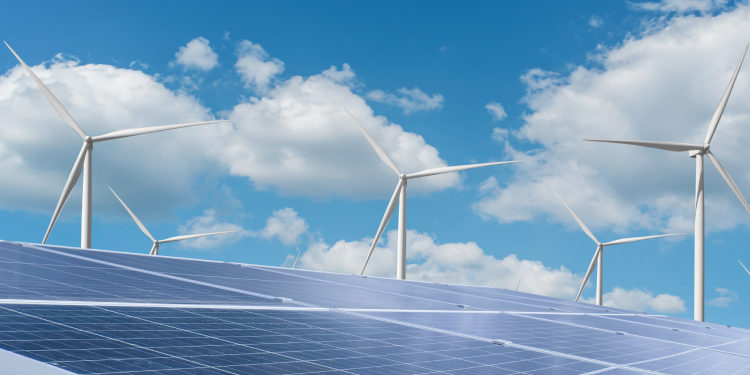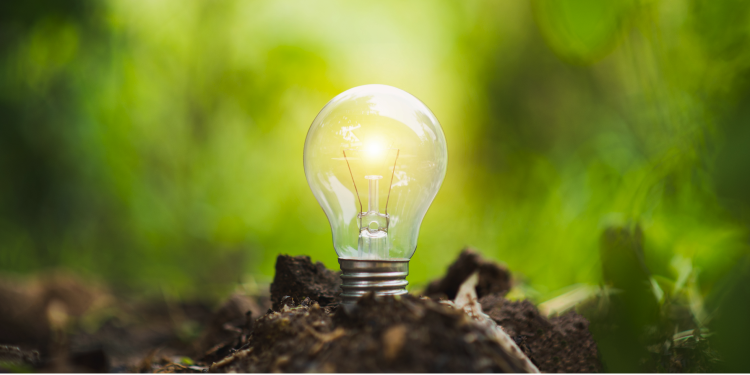
The Trajectory of Green Energy Investment
The green energy sector is evolving rapidly. While investments in renewable energy continue to grow, the pace has slowed compared to previous years. Policy changes, reduced government incentives, and financial uncertainties have introduced new challenges. However, the global renewable energy market is still expected to attract around $670 billion in investments this year, demonstrating that there is still strong interest in the sector.
In this blog post, Rodller will explore the current state of green energy investments, highlighting the latest trends, challenges, and opportunities in the sector. We will analyze the key factors driving investment decisions and provide insights into the future of renewable energy.
Investment Trends in Green Energy
Despite shifting policies, investors remain committed to renewable energy. However, regional disparities are emerging, with some areas seeing strong investment growth while others face setbacks. Below are the key trends shaping green energy investments.
1. Less Government Support in the U.S.
The United States has historically been a leader in green energy investments, but recent reductions in federal incentives have made it harder for clean energy projects to secure funding. With fewer tax credits and subsidies, many solar and wind energy projects have been delayed or canceled. To sustain growth, companies are turning to private financing options such as green bonds, venture capital, and institutional investors.
At the state level, some regions are still pushing forward with ambitious renewable energy plans. Meanwhile, corporate investments are filling the gap, with companies signing direct contracts with renewable energy providers.
2. Increased Investment in Battery Storage and Grid Modernization
As renewable energy sources like solar and wind power become more widely used, energy storage solutions are becoming more important. Investors are directing billions of dollars into battery storage technology to enhance grid reliability. Lithium-ion batteries remain dominant, but emerging solid-state battery technology is gaining traction. In addition, smart grid investments are rising to improve the efficiency and stability of renewable energy distribution.
Energy storage is essential for balancing electricity supply and demand. Without proper storage solutions, power generated by solar and wind farms can go to waste. The demand for advanced battery technologies is growing rapidly, and companies in this sector are securing massive investments. In the coming years, we can expect further breakthroughs in energy storage that will make renewables even more reliable.
3. Corporate Commitment to Clean Energy
Large corporations continue to be a driving force in renewable energy investments. Companies like Google, Microsoft, and Amazon are expanding their commitments to using 100% clean energy. By signing long-term power purchase agreements (PPAs) with renewable energy providers, these companies are ensuring a steady demand for clean electricity. This corporate-driven investment trend is helping stabilize the market despite policy uncertainties.
Beyond the tech sector, other industries are also prioritizing sustainability. Automakers like Tesla and Ford are investing heavily in green energy to power their manufacturing operations. Even the oil and gas sector is shifting its focus, with companies like BP and Shell committing billions toward renewable energy projects.
4. Europe and Asia Leading Offshore Wind Expansion
Offshore wind energy is seeing major growth, particularly in Europe and Asia. Countries like the UK, Germany, China, and Japan are investing heavily in large-scale offshore wind projects. This sector is receiving record levels of funding as governments push for alternative energy sources to meet climate targets.
The European Union has set aggressive offshore wind targets, aiming to generate 300 GW of energy by 2050. China, the world’s largest investor in offshore wind, continues to lead in turbine production and installation. These investments are expected to create thousands of jobs and boost local economies.

Challenges in Green Energy Investments
Despite continued interest, several key obstacles are affecting the green energy investment landscape.
1. Unpredictable Regulatory Policies
Changing government policies and inconsistent support for clean energy are creating uncertainty among investors. Some financial institutions have even lowered their climate investment targets due to shifting regulations. This unpredictability makes it harder for businesses to plan long-term renewable energy projects.
In countries where fossil fuel subsidies remain high, renewable energy companies struggle to compete. The lack of stable policies makes investors hesitant, slowing the overall growth of the sector.
2. High Interest Rates and Costly Project Financing
Developing renewable energy infrastructure requires significant capital. Rising interest rates have increased borrowing costs, making it more expensive to finance new projects. This is particularly affecting emerging markets, where access to affordable capital is already limited.
Smaller renewable energy developers are facing difficulties in securing loans, leading to project delays and cancellations. Governments and private institutions must find creative ways to lower financing barriers to ensure continued growth in the industry.
3. Supply Chain Disruptions and Rising Costs
The renewable energy sector continues to struggle with supply chain issues. Key materials such as lithium (for batteries) and polysilicon (for solar panels) have seen price fluctuations due to trade restrictions and geopolitical tensions. These disruptions are leading to project delays and increased costs for developers.
Many companies are now working to diversify their supply chains. Manufacturers are looking for alternative sources of raw materials and increasing domestic production to reduce reliance on foreign suppliers.
Opportunities for Growth
Despite challenges, there are still significant opportunities for growth in the green energy sector. Investors who focus on innovation and strategic market positioning can benefit from long-term profitability. Key areas for expansion include:
- Renewable Energy Integration in Developing Markets: Many emerging economies are increasing their investment in renewable energy to reduce dependence on fossil fuels. With global initiatives supporting green transitions, investors can find new opportunities in these markets.
- Energy Efficiency Solutions: Businesses and consumers alike are demanding more efficient energy solutions. Smart energy management systems, AI-driven optimization, and energy-saving technologies are attracting investments.
- Electrification of Transportation: The shift toward electric vehicles (EVs) is accelerating. Investments in EV infrastructure, such as charging stations and grid integration, are becoming increasingly profitable.
- Public-Private Partnerships: Governments are partnering with private companies to fund renewable energy projects. These collaborations help mitigate risks while ensuring long-term investment stability.

The Future of Green Energy
The future of green energy is promising, with continuous advancements in technology and an increasing focus on sustainability. Here are key areas shaping the future of green energy investments:
- Breakthroughs in Energy Storage: New battery technologies, such as solid-state and next-generation lithium alternatives, will make renewable energy storage more efficient and cost-effective.
- Green Hydrogen Expansion: As a clean alternative fuel, green hydrogen is expected to play a crucial role in industries like transportation and heavy manufacturing, reducing reliance on fossil fuels.
- Decentralized Energy Systems: The rise of smart grids and localized energy production will give consumers more control over their energy use while improving efficiency and resilience.
- AI and Automation in Renewable Energy: Advanced AI-driven forecasting and automation technologies will optimize energy distribution and improve grid stability.
- Continued Cost Reductions: Solar and wind energy costs are expected to decline further, making them even more competitive with traditional fossil fuels.
- Investment Growth in Emerging Markets: Developing regions will see increased investment as governments and international organizations push for energy accessibility and sustainability.
Final Thoughts…
At Rodller, we believe that despite the challenges, green energy investments remain a strong and necessary avenue for a sustainable future. While policy changes and economic shifts may temporarily slow progress, the long-term potential of renewable energy remains undeniable. Businesses and investors that strategically navigate these changes will not only contribute to a cleaner planet but also position themselves for significant financial growth.
The next decade will be crucial for renewable energy investments. With the right policies, financial support, and innovation, the world can achieve a cleaner, more sustainable future. Rodller is committed to staying at the forefront of these developments, helping businesses and investors seize opportunities in the evolving green energy landscape.
About Rodller
Rodller (www.rodller.com) provides Digital Marketing, Fundraising and Application Development Services. With offices in Singapore and France we serve both Startups and Fortune 2000 firms. We use a next generation Portal to combine the use cases of Digital Marketing, Fundraising and Application Development in tangible processes.







Leave a reply